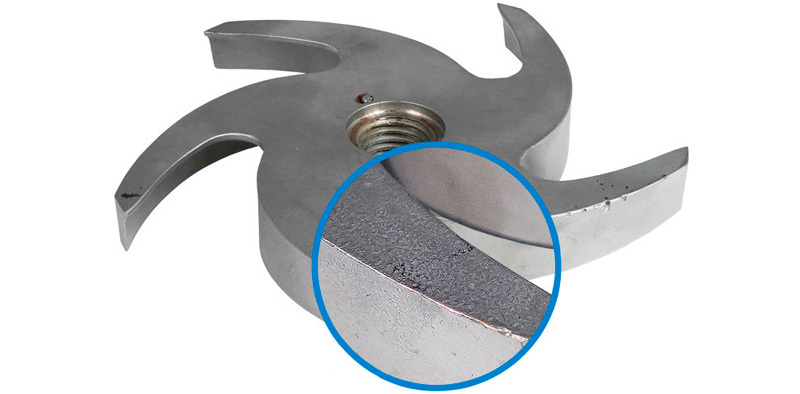You’ve probably heard that annoying rattling sound coming from your pump system. Maybe you’ve noticed a sudden drop in flow rate or seen your energy bills creeping up. What you might not realize is that these could all be signs of pump cavitation – one of the most misunderstood yet costly problems in industrial operations.
When considering, what is pump cavitation, think of it as your pump’s way of crying for help. When you understand what’s happening inside that metal housing, you’ll be amazed at how much money and headaches you can save.
Contents
What Exactly Is Pump Cavitation
Picture this: you’re sipping a soda through a straw, but you’re sucking so hard that you collapse the straw. That’s essentially what happens during cavitation, except instead of a straw, it’s your pump trying to move liquid.
Cavitation occurs when the pressure in your pump drops so low that the liquid starts forming vapor bubbles. These aren’t gentle soap bubbles – they’re violent little implosions waiting to happen. When these bubbles travel to areas of higher pressure, they collapse with tremendous force, creating shock waves that can literally eat away at your pump’s internal components.
You’ll often hear it described as “boiling,” but that’s not quite right. The liquid isn’t hot enough to boil naturally. Instead, the low pressure is forcing it to vaporize, even at normal temperatures.
Why You Should Care About This Process
Here’s where it gets expensive. Those tiny bubble implosions pack a serious punch. They can erode metal surfaces, damage impellers, and create pitting that looks like someone took a tiny jackhammer to your equipment.
The financial impact hits you in multiple ways:
- Reduced pump efficiency means higher energy costs
- Frequent repairs and part replacements
- Unexpected downtime that disrupts your entire operation
- Shortened equipment lifespan
But the real kicker? Most cavitation damage happens gradually, so you might not notice it until your pump fails completely.
How to Spot the Warning Signs
Your pump is constantly communicating with you – you just need to know what to listen for. That distinctive rattling or crackling sound is cavitation’s calling card. Some operators describe it as marbles bouncing around inside the pump casing.
You might also notice vibration that wasn’t there before. Your flow rates could become inconsistent, almost like the pump is stuttering. And if you’re monitoring power consumption, you’ll see it fluctuating in ways that don’t make sense.
Don’t ignore these signs. They’re your early warning system.
Simple Steps to Prevent the Problem
The good news is that preventing cavitation doesn’t require an engineering degree. Start by checking your suction line. Is it properly sized? Are there any restrictions, sharp bends, or clogged strainers that could create pressure drops?
Your liquid level matters too. If your tank is running low, you’re asking your pump to work harder than it should. Maintain adequate liquid levels and consider the height difference between your liquid source and pump inlet.
Temperature control plays a role as well. Hot liquids are more prone to cavitation because they vaporize more easily under low-pressure conditions.
Taking Action for Better Operations
Understanding pump cavitation isn’t just about avoiding problems – it’s about optimizing your entire system. When you eliminate cavitation, you’ll see immediate improvements in efficiency, reliability, and operating costs.
Start by conducting a simple cavitation assessment of your current systems. Listen to your pumps, monitor their performance, and don’t wait for catastrophic failure to take action. Your bottom line will thank you for being proactive rather than reactive.
Remember, operational efficiency begins with understanding the fundamentals. Pump cavitation might seem technical, but its impact on your operations is very real – and very manageable when you know what you’re dealing with.

